+ KEYWORDS: BLOOD PRESSURE, HYPERTENSION, KIDNEY, ADRENAL)
HTN (Hypertension) or (High Blood Pressure) is a chronic condition where the blood pressure of the arteries in the body is consistently elevated. Blood pressure is measured by blood pressure instrumentation and is read as Systolic pressure. Diastolic pressure. Systolic pressure is the pressure present when the heart is contracted and the Diastolic pressure is the pressure existing when the heart is relaxed. These two readings give the maximum and minimum blood pressure respectively. Read in mmHg normal BP is considered in the following range: Systolic: 100-140 mmHg Diastolic 60-90 mmHg. Readings above 140/90 mmHg consistently is considered high blood pressure. HBP is further defined as essential (aka. primary) hypertension (90-95% of cases) or secondary hypertension. Primary hypertension has no underlying or secondary cause and secondary hypertension is being caused secondarily to or by another condition such as kidney, endocrine, or cardiovascular problem. Long term hypertension leads to ongoing stress on the heart and cardiovascular system. Symptoms can be; dizziness, vertigo, headaches, tinnitus, fainting and/or anxiety. Chronic highly elevated hypertension symptoms, and extreme episode symptoms can lead to a hypertensive crisis or hypertensive emergency (malignant hypertension) where an organ becomes damaged or malfunctions. Symptoms can include; brain swelling with impaired cognition, severe headaches, deterioration of vision with hemorrhaging, heart pain, aorta dissection or tearing, pulmonary edema with difficulty breathing, kidney malfunction. Where these symptoms are present due to organ damage or malfunction, emergency care and reduction of BP is necessary to prevent ongoing damage. A hypertensive crisis can occur where the diastolic blood pressure greater than or equal to 120 mmHg and/or systolic blood pressure greater than or equal to 180mmHg. Remember a crisis or emergency is when the hypertension is at or above these numbers and symptoms of organ damage or malfunction is present. **In a hypertensive emergency, the blood pressure should be slowly lowered over a period of minutes to hours with an antihypertensive agent. Since rapid reduction is not without its own risks it is not recommended unless there is evidence of organ damage. In cases of secondary hypertension the secondary cause should always be addressed.
LoVasc™ is an all natural blend of traditional Ayurvedic herbs in a proprietary blend of bio-concentrate extractions. It is\ derived from an ancient Sanskrit formulation for help with normalization of circulatory and renal function. Research confirms the preferred use of herbal synergistic blends as opposed to single herbs in support of body functions. The synergistic herbs in LoVasc® help to; relax arterial tension, open the kidney channels, reduce inflammation and histamine reactions and increase cardiac output. LoVasc® also has an adaptogenic tonic effect on the system, helping to reduce side effects of over relaxation and decreased libido, common to many BP medicines. Correct use of LoVasc® requires an in depth understanding and regular monitoring of your condition. Please refer to your health care professional and always monitor your BP daily. Please contact PHS, or have your health care provider contact PHS, for referrals and instructions.
LoVasc® can be used with or without other medication (no reported side effects). Contraindications: Kidney or Liver conditions; severe depression; HBP crisis symptoms (see above). Suggested Use: 1 – 4 tablets a day in divided doses. Monitoring your BP helps you define your minimum effective dose.
LOVASC® by Pacific Health Sciences (PHS); Can be purchased at your natural health food pharmacy, Doctor’s offices, and select natural food stores and is available in a 60 tablet bottle.
©PHS (Pacific Health Sciences) All Rights Reserved
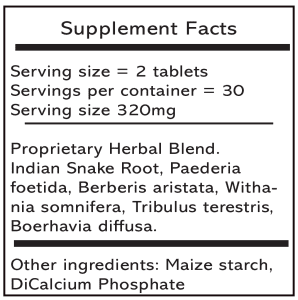
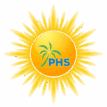
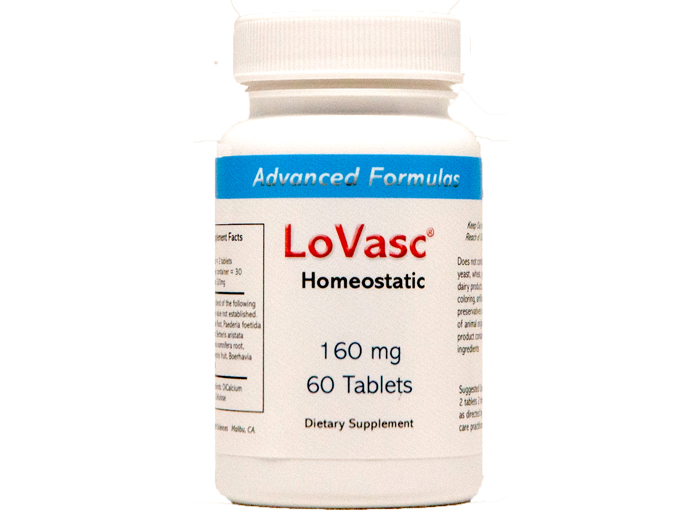
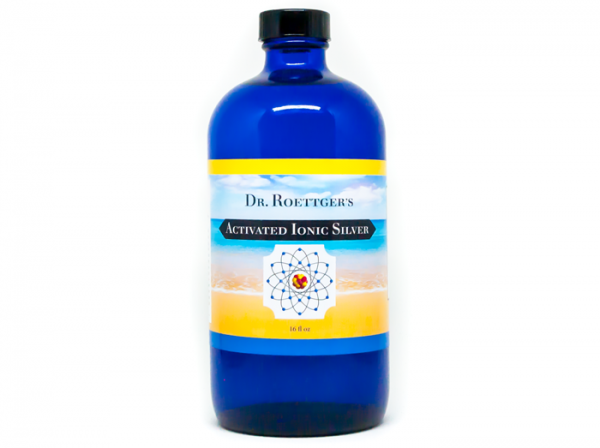
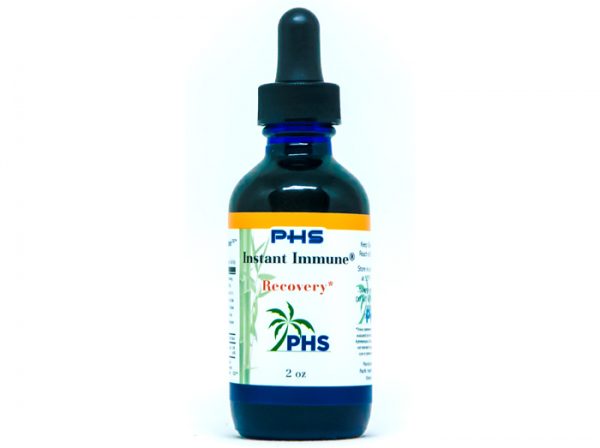
It actually reduces blood pressure